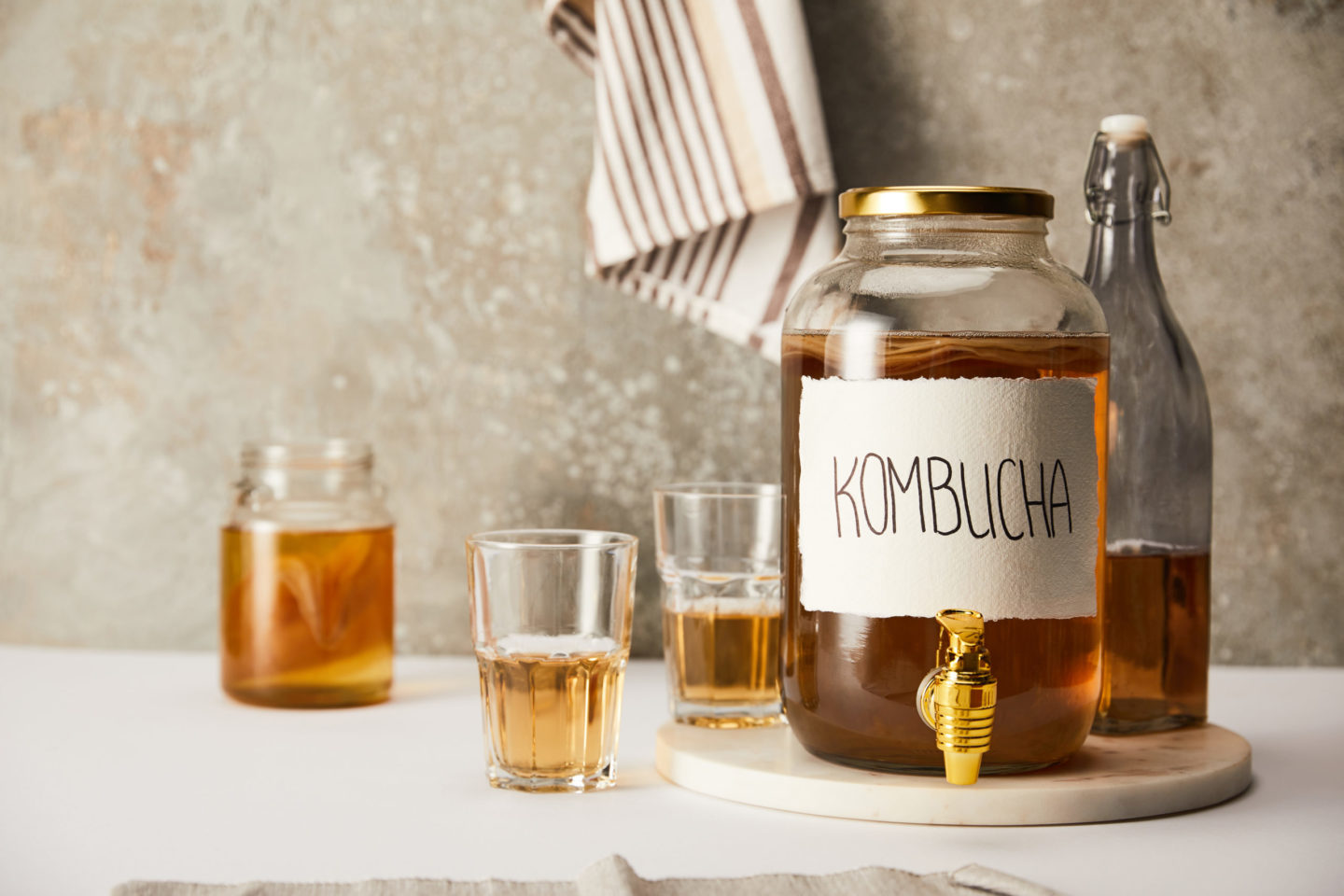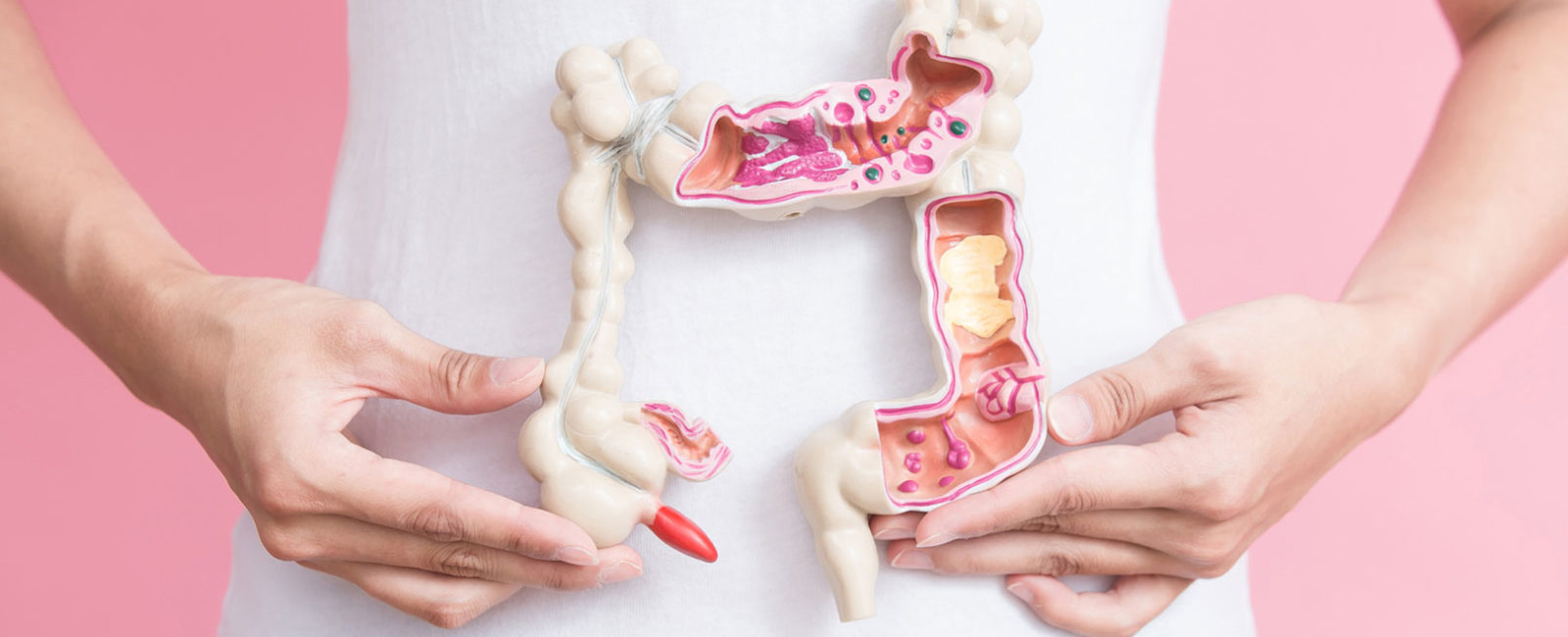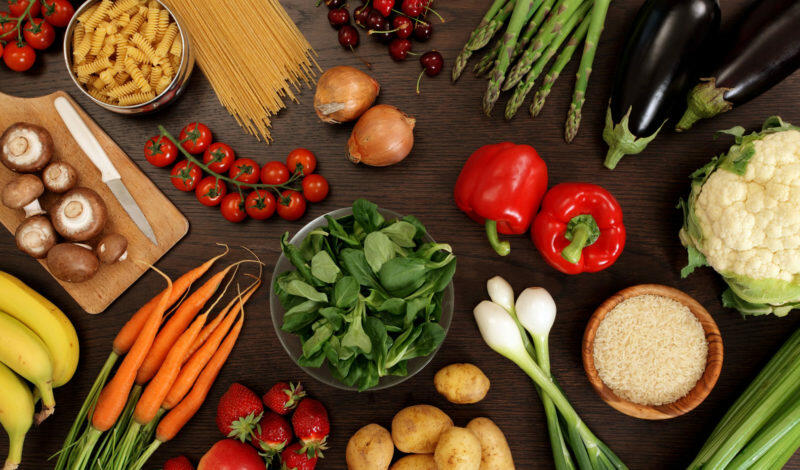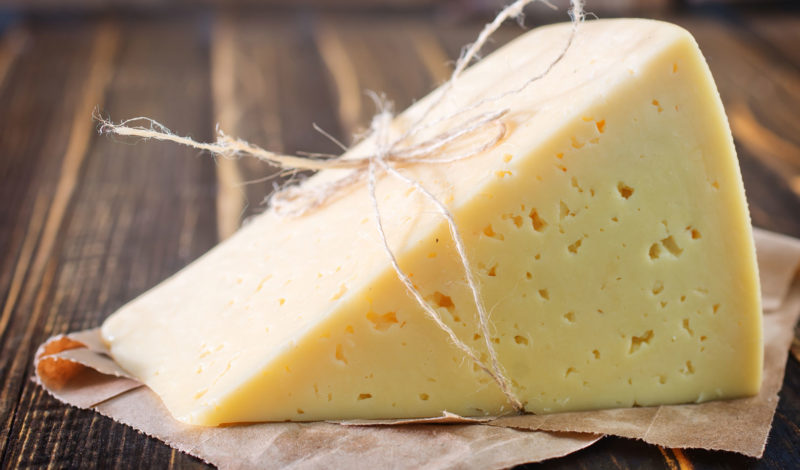For a balanced diet, you should always be very careful with the food you eat. Happy as a vegetarian without [...]

Kombucha – trendy drink or natural miracle cure?
What is Kombucha?
Kombucha is a fermented tea that is easy to make using a kombucha culture (tea fungus, SCOBY for “symbiotic culture of bacteria and yeast”) and sweetened tea. Admittedly, at first glance the tea fungus makes an unusual impression due to its slimy feel, sour smell and pancake- to jellyfish-like appearance, which one would not necessarily associate with delicious drinks – BUT: Don’t let that put you off! True to the motto: “True beauty comes from the inside” ????
With the starter kit from Fairment, we brewed our first kombucha at BIOMES and are thrilled!
You need the following utensils to make it:
- Kombucha tea fungus culture including 100 ml starter liquid, i.e. ready-made Kombucha drink
- (available on the internet and in well-stocked health food shops or as a derivative from friends)
- 100 g sugar (preferably cane sugar)
- about 8 g loose tea (preferably green or black tea)
- 1 L water
- large-mouthed fermentation vessel with at least 1.5 l capacity
- tea towel to cover
- Plastic strainer
- Tea filter or tea sock
- Always clean your hands well before brewing, fermentation vessel and equipment must be thoroughly hot cleaned before each new batch!
Making the kombucha:
- Bring the water to the boil, pour it into the fermentation vessel and dissolve the sugar completely in it.
- Now add your tea filter (or tea sock) filled with tea and let it steep for about 10-15 minutes.
- When your liquid has cooled down to room temperature, you can add your tea mushroom and starter liquid.
- Now cover your fermentation vessel and put it in a warm, dark place (the warmer, the faster it ferments).
- Depending on the taste and temperature, your drink will be ready after 10-16 days (the longer the Kombucha stands, the more sour it becomes). You can fill the finished fermented Kombucha into your storage bottles and put them in the fridge until you are ready to eat them. If you want to start a new kombucha batch, save about 100 ml as starter liquid.
- For your next batch, rinse your tea fungus under cold running water in the strainer and rinse your fermentation vessel while hot.
- Now you can start again.
- By the way, your finished drink will continue to ferment in the refrigerator for a few more days, thus forming more carbonic acid.
Ingredients of kombucha
Kombucha, which originates from East Asia, contains a number of great ingredients. Firstly, the drink contains probiotic bacteria and yeast strains such as Acetobacter xylinum, Acetobacter xylinoides, Gluconoacetobacter and Saccharomyces ludwigii, which are good for your gut. On the other hand, it also contains great organic acids (like glucuronic acid, gluconic acid, acetic acid), some trace elements and minerals (like iron, zinc, magnesium), but also vitamins (like B-complex, C, E, D and folic acid).
What can Kombucha be used for?
Your ready-made fermented tea drink tastes delicious on its own, but you can spice it up with ginger, mint, fruit and/or fruit juice and try it out further. If you have (accidentally) let your kombucha ferment a little too long and it has become too sour, you can use it as vinegar for your salad dressing.
Want to know your gut bacteria and improve your gut flora?
Take the test!
With INTEST.pro from BIOMES , the simple intestinal flora self-test for home use, you can:
- Understand intestinal disorders
- Detect immune deficiencies
- Reduce weight problems
- incl. personalised nutrition plan
- An analysis of your intestinal bacteria gives you information about personal weak points, individual dietary recommendations including a diet plan help you to regain your balance.
How do we analyse your intestinal flora? What exactly does the test involve? Where can you buy INTEST.pro? And how do we protect your data?



